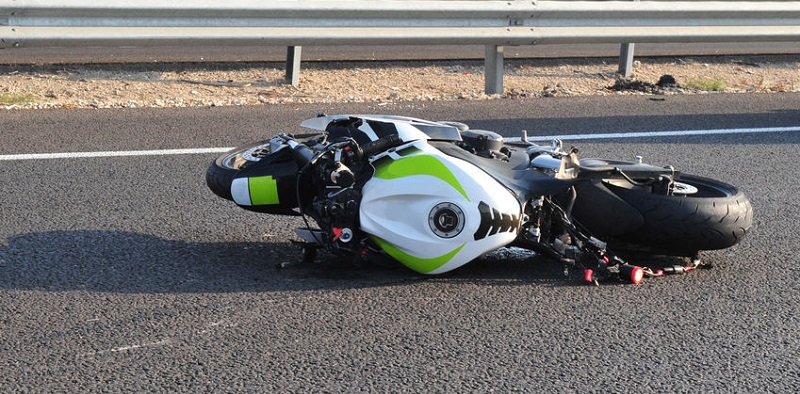Colorado motorcycle fatalities dropped to 99 in 2017, even as the overall tally of auto accident fatalities increased to 615.
Fatalities Continue Trend, up 36 Percent Since 2010
Colorado streets, roads, and highways became deadlier places to drive in 2017, as more people died in car accidents than in 2016 or in any of the 11 previous years.
By the time of the Colorado Department of Transportation‘s latest monthly report, Dec. 26, 2017, the roads’ death count had reached 615. Even with five days untallied, the number is a fair step beyond 2016’s 608 deaths and a 36 percent increase over the 2010 toll, a mere 450 deaths. The state agency reported 547 deaths in 2015.
Transportation and public safety officials speculate on reasons for the increases and look for solutions that can turn the trend downward.
Preliminary information showed increases in fatalities involving impaired drivers and riders who weren’t properly restrained with seat belts, CDOT traffic safety spokesman Sam Cole told Denver Post reporter Jesse Paul. Cole said officials were waiting for reports from local coroners and police jurisdictions from across the state before they begin in-depth analysis.
He was able to point to some good news: a decrease in Colorado motorcycle accident deaths and what he appreciated as a slowing in overall death rate increases. The Dec. 26 report shows that motorcycle fatalities jumped from 105 in 2015, to 125 in 2016 and dropped to 99 in 2017.
By Dec. 12, CDOT data showed 220 deaths involving drivers impaired by drugs or alcohol.
In general terms, El Paso County had the most fatalities, 73, followed in order by Adams, Weld, and Denver counties, The Post reported.
On a city-by-city basis, Denver led the grim accounting with 44 deaths, followed in order by Colorado Springs, Aurora, and Pueblo.
Colorado Auto Accident Fatality Rates Follow a Twisting Path
Cole told KUSA-TV’s Nelson Garcia that the state’s death rates have fluctuated over time and can improve. In past decades, the annual death rates hovered in the 700-to-900 range. CDOT’s current report uses as its baseline the year 2002, when 743 died on Colorado roads.
The annual tallies dropped to 450 and 447 by 2010 and 2011, which Cole credits to the poor economy then: Fewer people were taking to the road during that recession.
Someday, Colorado will have zero roadway deaths, Cole said. The adoption of autonomous vehicles will be a big part of that future reduction.
Cole isn’t alone in his dream of a year without road deaths. Local, state, and national transportation officials set their sights on the seemingly impossible goal to inspire significant changes in public policies and construction that will lead to greater safety. CDOT Executive Director Shailen Bhatt, who recently left office, announced the initiative in April 2016. The state joined more than 35 states that adopted similar initiatives for planning transportation infrastructures and policies. Organizers emphasize using innovative and data-based approaches to improve safety.
Driving Behaviors, Choices Determine Safety, Danger
Colorado State Patrol trooper and spokesman Josh Lewis told KUSA-TV reporter Noel Brennan that data pointed to incidents of driving under the influence of legal and illegal substances as a major cause for crashes with deaths or injuries.
Lewis said:
“At least half of the people who were killed not wearing seatbelts would have been saved last year had they been wearing them. … It has to be a conscious choice that we make to buckle up, to use our turn signals, to drive sober, to put down the phone, to do whatever it is that’s going to make us all safer.”

